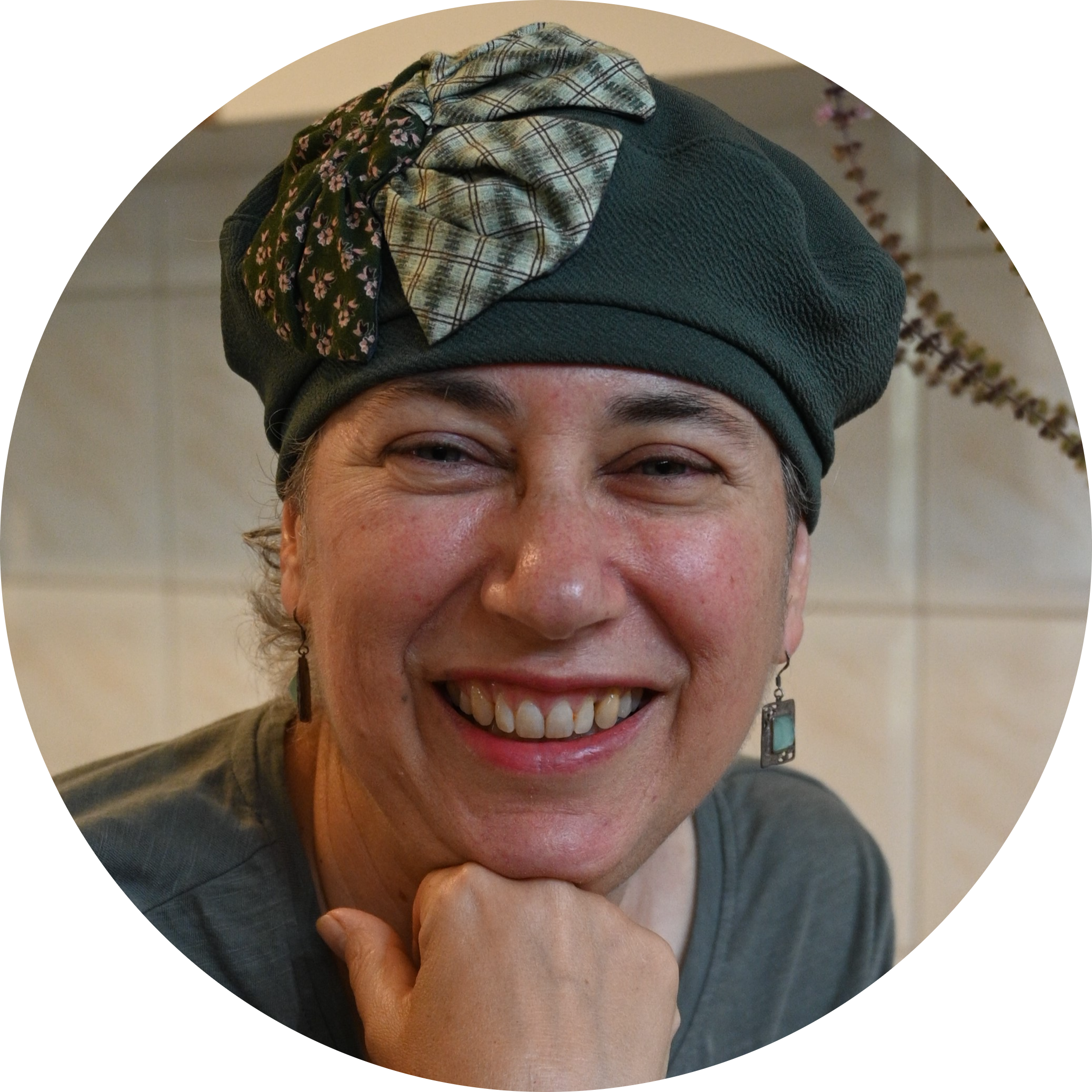
(C. Welman / Shutterstock.com)
When Ankit Aggarwal decided to collect flowers that were polluting the Ganges River near his hometown of Kanpur, India, he never suspected that one day he’d be making fibrous, flexible vegan leather or that his company, Phool, would become a finalist for the coveted 2022 Earthshot Prize.
The Ganges is a lifeline to 420 million people but is one of the most polluted rivers in the world. More than 96 percent of the flowers cast into the river contain highly toxic pesticides, according to Earthshot.
View this post on Instagram
“[Phool] began life with a simple idea: to clean up India’s holiest river,” explained Aggarwal. “In the process, we’ve discovered a material growing on our factory floor that could one day replace animal leather for good. Sometimes ground-breaking ideas come from unlikely situations.”
Called Fleather, the faux leather was a chance discovery and is now being developed as a sustainable alternative to animal leather. According to the BBC, fleather is as soft as lamb’s skin, and Phool is now working with PVH, the parent company of Calvin Klein and Tommy Hilfiger, on a fleather pilot.
The Origins of Fleather
In 2018, while working at Phool, Nachiket Kuntla, the head of research and development, and his colleagues observed a whitish layer on a heap of discarded flowers on the factory floor. Upon closer inspection, they discovered a thin fibrous network, which appeared to be a type of fungal microorganism that was growing on the flowers and deriving nutrients from their cellulose.
Fascinated, the Phool researchers experimented by sourcing microorganisms from the jungle near the Kanpur campus and feeding flower waste to different microbial strains. They also manipulated the temperature and humidity to determine how the microorganisms would thrive under controlled laboratory conditions.
Initially, their experiments yielded a dense material that resembled Styrofoam, which they called Florafoam, and could be used for packaging. However, the texture of the microbial growth felt similar to leather, and the researchers were intrigued.
"Someone in the team felt that the touch is leathery," Kuntla told the BBC. "So [we asked], can we create a fabric-like material? That was the thought process."
They decided to try creating a fabric-like material, so they continued experimenting by cultivating a couple of species together. To enhance the efficiency of nutrient absorption and growth, they provided the microbes with liquid nourishment by boiling the flower petals in water to extract the cellulose and lignin and adding some additional carbohydrates.
The microbes consumed this liquid and grew, producing molecules that were similar to those found in leather, according to Aamen Talukdar, an associate research scientist at Phool. This marked the beginning of Fleather, which Phool began manufacturing in 2021.
More than 11,060 metric tons of flower waste is collected every day from temples and mosques in Kanpur and has been recycled at Phool. Phool employs 70 women “flowerclyclers” to collect the waste and provides a livelihood to an additional 1200 rural families in their factory. It’s estimated, according to Vegan First, that the daily collection prevents 7,600 kilograms of waste and 97 kilograms of toxic chemicals from entering the Ganges every day.
The history of vegan leather
Faux or synthetic leather can be traced back to World War II when leather was rationed, Tree Tribe reports. As researchers began exploring alternatives to leather for use in the fashion industry, they used matted, layered paper, and PVC (polyvinyl chloride) and vinyl, which proved flimsy.
Many source materials have been used for faux leather. In the 1960s, polyurethane (PU) was developed as a new synthetic material that could be used to make leather-like products. More durable and flexible than earlier synthetic materials, it quickly became popular in the fashion industry. Coffee grinds is another suggested source material, as are Microfiber leather and even mushrooms.
Overall, the history of vegan leather reflects a growing awareness of the environmental and ethical impacts of traditional leather production, and a desire to create more sustainable and humane alternatives. As technology continues to advance, it is likely that new and even more innovative materials will be developed in the years to come.
In addition to fleather, Phool makes charcoal-free, natural incense sticks and cones, holi colors (‘gulaal’), and vermicompost. Brands like Bajaj and Havells are already using Florafoam to package their products. Big fashion houses like Anita Dongre have also shown interest in this breathable and tensile vegan leather.
YOU MIGHT ALSO LIKE:
Meet This Faux Leather Made From Algae and Fruit
Faux Leathers Are Gaining Ground in the Fashion Industry
This New Vegan Leather Alternative Is Made of Palm Leaves







